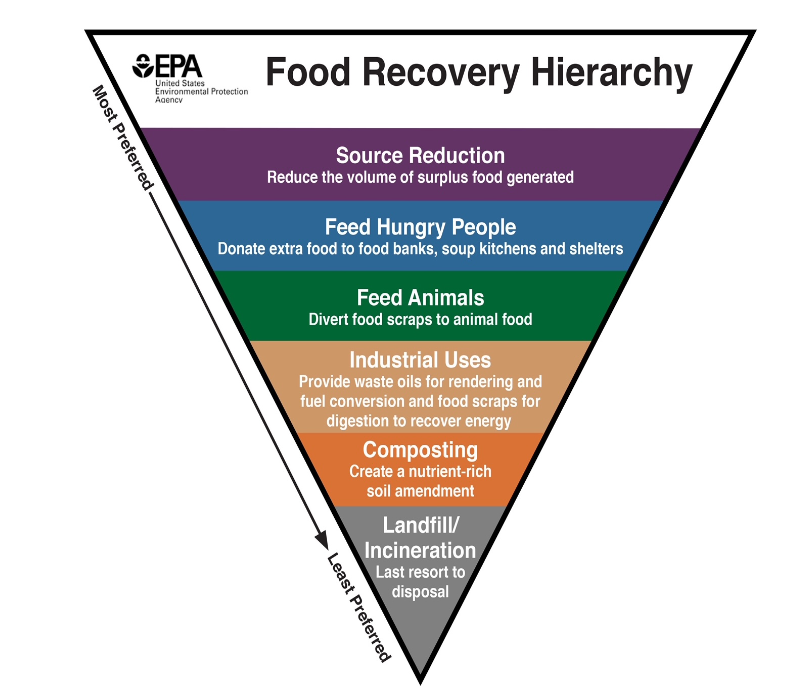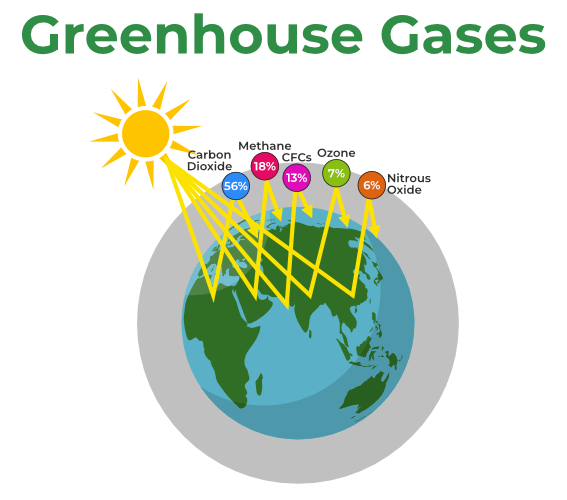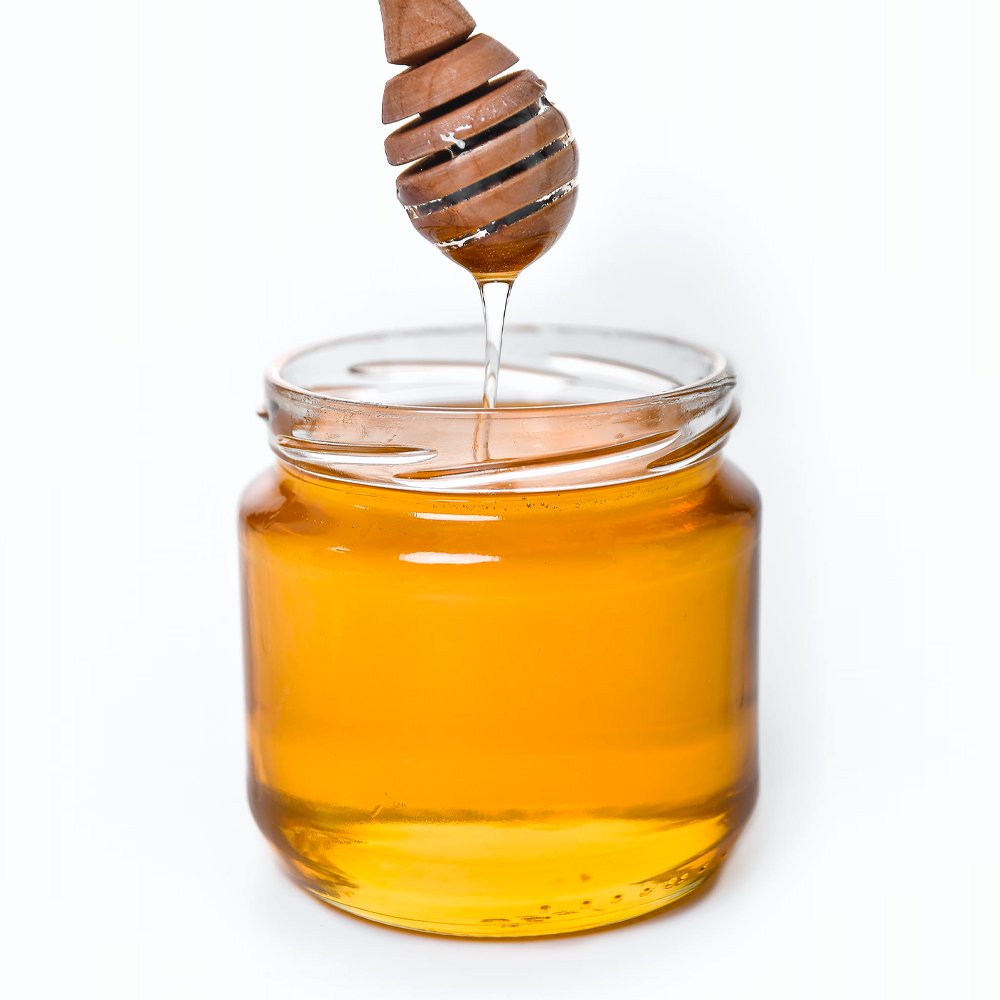Waste Disposal
Food waste is a climate issue. With over 40% of all food waste in the United States coming from homes, we can all be part of the solution. Properly sorting landfill destined mixed waste from compostable food waste reduces total Methane produced, and increases soil and plant health.

How to Reduce food waste?
- Learn the difference between use by (don’t ignore; important for food safety) and best by (OK to ignore; use judgement)
- Manage food waste at home
freeze leftovers or excess when it’s fresh - Share food with friends, family
use leftovers first - Dehydrate or can foods
- Accept visually imperfect food
Global Food Waste
If food waste were a country, it would be the 3rd largest CO 2 producer in the world. Combined, the worlds developed countries waste 670 million tons food per year, mostly in retail, restaurants and homes. Developing countries waste 630 million tons food per year, mostly due to lack of infrastructure. Global food waste is equivalent to 1/3 of global food production, 11% of global greenhouse gasses, or 17,600,000 Olympic sized swimming pools of CO 2 annually (4.4 gigatons). Food waste also wastes water, energy, farmland, labor, fertilizer, animals’ lives, and income.


United States Food waste
In the U.S. 95% of food waste goes to landfill, where it takes up the most space. As food decays, it produces methane gas, which is 30 times more potent than CO2.
But how does all of this food end up in the landfill? Half of fruit and vegetables are tossed out mostly because they're “ugly”. Blemished crops are plowed under at farms and tossed out by retailers. Dairy and meat products rank after produce in amount wasted.
To put into perspective, Americans waste more than their body weight in food every year (219 lb). An average family of four throws out $1600, and restaurants lose $160 billion annually.
Progress is being made
Between 2007 and 2012, household food waste in the US decreased by 15%. More households and businesses have green cans for compostables. Mendocino County now has three commercial composters: Cold Creek Compost, North American Organics, and C&S Waste Solutions.
Individuals are learning how to compost in their backyard. California SB 1383 mandates that by 2025, there must be a 75% reduction of organics in landfills. There also must be a 20% increase in edible food recovered. There is also a greater emphasis on correct waste separation.
